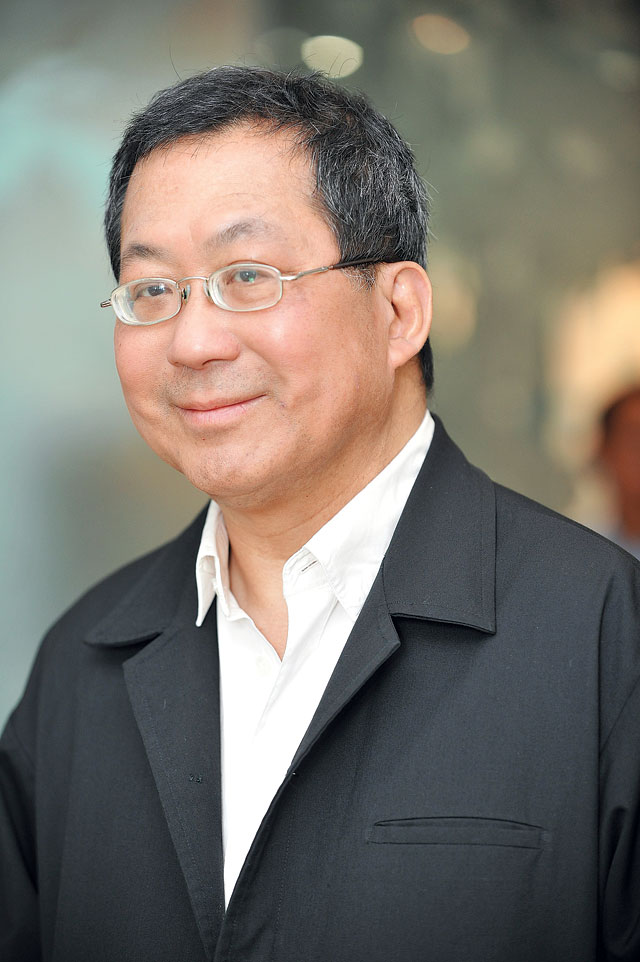Malaysia-based Ken Yeang, named by the Guardian as “one of the 50 people who could save the planet”, talks about ecology’s role in green architecture. His award-winning portfolio includes Singapore’s National Library and Solaris Tower.

Tell us a little about your journey into green architecture.
I started research work in the early 1970s as part of a Cambridge University team working on the engineering aspects of Buckminster Fuller’s Dymaxion House [a dome-shaped, autonomous house designed by the Futurist architect in the 1920s]. I decided then to research ecological design as a doctoral topic, which became my life’s agenda. I believe the secret to success in any endeavour is focus. We can be world-class in a few selected things and, for the remaining, we must endeavour to be above average.
What is “eco-design”?
Eco-design applies to everything we humans do, make and use on the planet. It is about the seamless integration of these things with the natural systems of the planet. An example of eco-design is a matrix we use to match selected native fauna and flora species with the proposed habitats of a development project. We then design the physical landscape conditions accordingly, enabling the species to thrive.
Does green architecture have a future in Southeast Asia?
Green architecture, perhaps within the next ten years, will become second nature to all. By then, there will be no competition between those who are green and those who are not, as all will be green.
What are the main barriers to mainstreaming green practices?
The initiative to go to the next level of greenness must be beyond accreditation and come from governments. In the UK, for instance, there is an obsession with accreditation systems – BREEAM, in their case. This leads to the almost arrogant perception that carbon neutrality and energy efficiency are all there is to eco-design. This is at the expense of ecology and biodiversity aspects.
Keep reading:
“Betting on the house” – Strong economic growth and a supply of cheap money is likely to drive Southeast Asia’s property markets this year, even as risks loom
